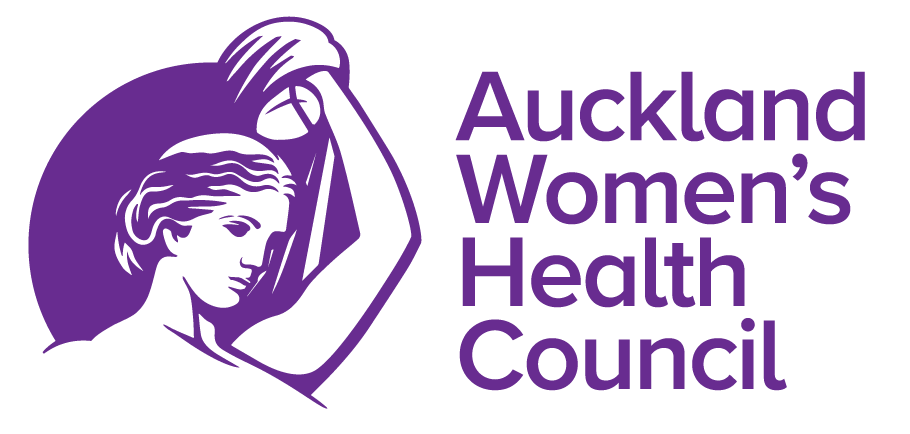The Cartwright Inquiry
The Cartwright Report
In June 1987, Phillida Bunkle and Sandra Coney published an article in Metro magazine alleging unethical research at Auckland University’s Post-Graduate School of Obstetrics and Gynaecology at National Women’s Hospital. Their research was triggered by the 1984 paper by Drs Bill McIndoe, Malcolm “Jock” McClean and Ron Jones, and Peter Mullins, published in the journal Obstetrics and Gynecology (click on button at top left), which discussed Herbert Green’s work at National Women’s Hospital on women with abnormal cervical cytology. The paper suggested that some patients had been diagnosed with cervical cancer but not treated.
In what became known as the ‘unfortunate experiment’, Herbert Green’s research at the hospital involved withholding treatment from women with abnormal cervical smears to test his hypothesis that cervical carcinoma in situ (CIS) did not progress to invasive cervical cancer. The women had not known they were part of a trial and ultimately some women developed invasive cervical cancer and some died. The public response to the revelations in the Metro article was outrage; the Government’s response was to very quickly – within ten days – establish a judicial inquiry headed by [then] District Court Judge Silvia Cartwright.
Judge Cartwright’s findings and recommendations were published on 5 August 1988 in what has become known as the Cartwright Report (click on The Cartwright Inquiry Report button at left to access pdfs of the report). In addition to finding that the allegations of unethical research were largely correct, Judge Cartwright’s recommendations led to the establishment of the Office of Health and Disability Commissioner and a Code of Health Consumers’ Rights. Also, teaching practice was changed at National Women’s Hospital and Auckland Medical School to conform to international practice, independent health ethics committees were set up throughout New Zealand, and the National Cervical Screening Programme was established.
